
Nature scavenger hunts are engaging outdoor activities that encourage exploration, learning, and fun for families and kids. They involve searching for items in nature, fostering curiosity and connection with the environment while promoting physical activity and teamwork.
What is a Nature Scavenger Hunt?
A nature scavenger hunt is an interactive outdoor activity where participants search for and identify items in nature, such as plants, animals, or natural elements. It often involves a checklist or list of challenges to complete, encouraging exploration and observation skills. Scavenger hunts can be themed, seasonal, or sensory-focused, making them adaptable for different ages and settings. They are a fun way to connect with the environment, fostering curiosity and learning while promoting physical activity and teamwork. Many hunts include printable checklists or bingo cards for ease of use.
Benefits of Nature Scavenger Hunts for Kids and Families
Nature scavenger hunts offer numerous benefits, fostering curiosity, creativity, and a deeper connection with the outdoors. They encourage physical activity, teamwork, and problem-solving while teaching kids about flora, fauna, and ecosystems. These activities promote environmental awareness, sparking a love for nature and conservation. Families can bond through shared adventures, creating lasting memories. Scavenger hunts also enhance observation skills and imagination, making them a fun and educational way to explore the world around us.
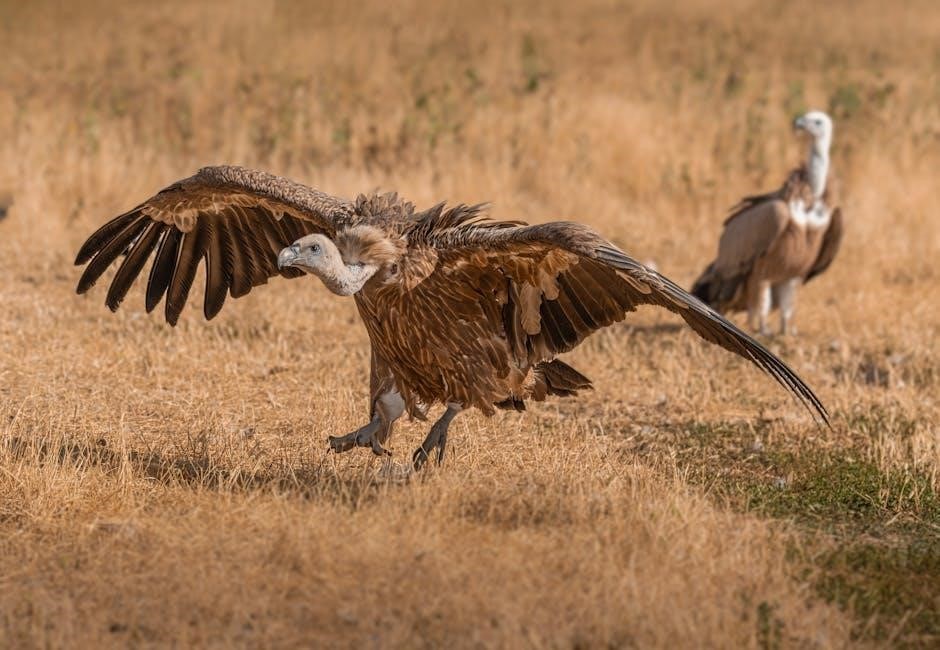
Components of a Nature Scavenger Hunt
A nature scavenger hunt typically includes a checklist of items to find, themed challenges, and essential materials like binoculars or a nature identification guide for participants.
Checklist of Items to Find
A nature scavenger hunt checklist includes various items like leaves, flowers, rocks, birds, and insects. Seasonal variations may feature specific elements such as autumn leaves or winter berries. Checklists often cater to different age groups, with visual cards for younger children and more complex items for older kids. Themes like colors or senses can add uniqueness, encouraging participants to explore nature creatively. Printable checklists are widely available, making it easy to start an adventure tailored to any group’s needs and preferences.
Themes and Variations for Different Ages
Nature scavenger hunts can be tailored to suit different age groups with creative themes and variations. For younger children, color-themed hunts or sensory-focused activities work well, encouraging exploration without complexity. Older kids can enjoy clue-based challenges or eco-detective missions that promote problem-solving. Seasonal themes, such as autumn leaf hunts or winter bird spotting, add variety. Tweens and teens might engage with advanced tasks like identifying specific species or solving nature-based riddles. These adaptations ensure the activity remains engaging and educational for all participants, regardless of age or skill level.
Necessary Materials for the Hunt
To conduct a successful nature scavenger hunt, several essential materials are needed. A pre-made or printable checklist is crucial, outlining items to find. Pens or pencils are necessary for marking off discoveries. Magnifying glasses and binoculars can help participants observe details up close. For tech-savvy hunters, devices with nature identification apps like iNaturalist are beneficial. Additionally, carrying a nature notebook and pencils allows for sketching or note-taking. These tools enhance the experience, making it both educational and enjoyable for all participants.
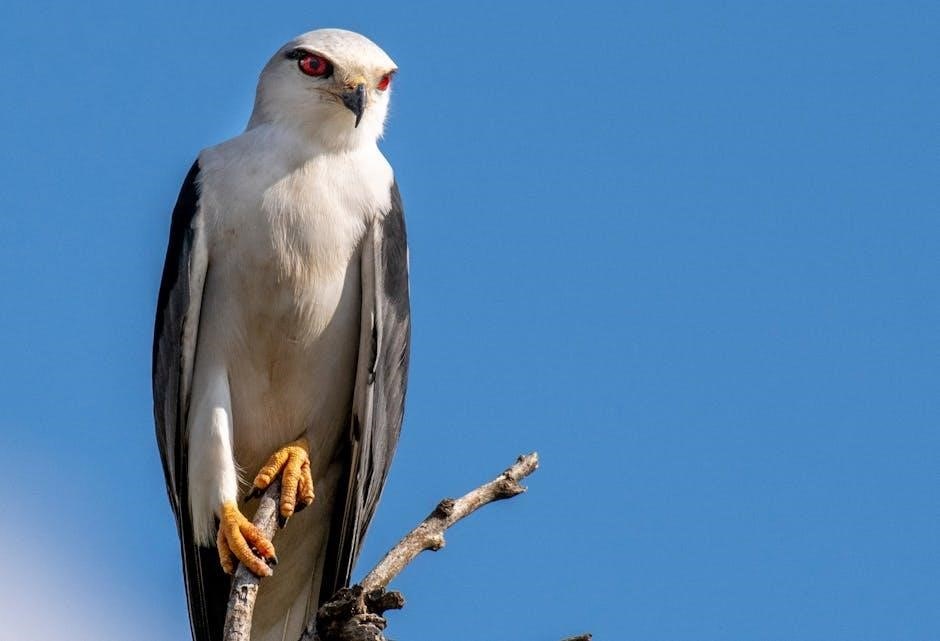
How to Create Your Own Nature Scavenger Hunt
Start by defining the hunt’s objective and audience. Create a list of items based on the environment and age group. Include challenges like identifying sounds or textures.
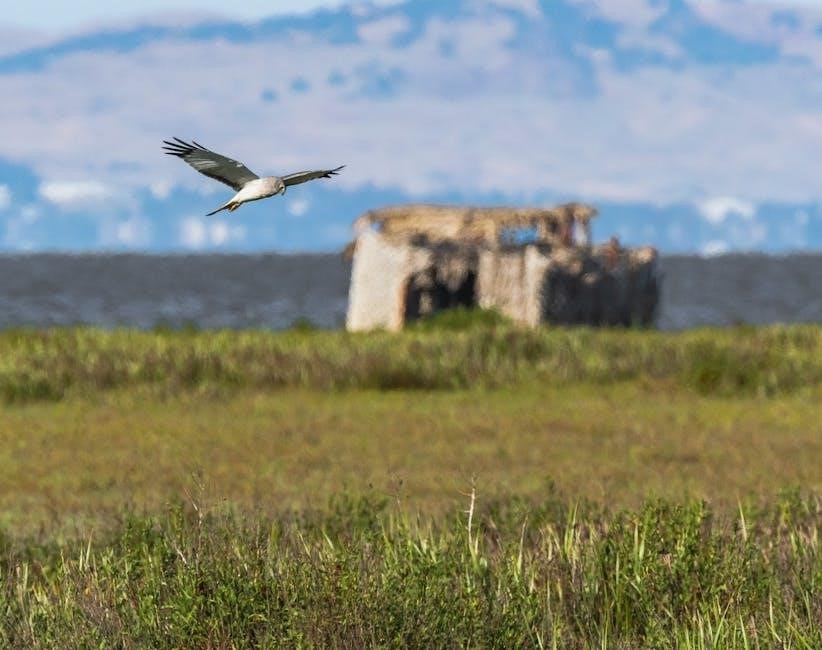
Steps to Design a Fun and Educational Hunt
Start by identifying your audience and setting clear objectives. Choose items based on the environment and age group. Incorporate themes like colors or seasons for variety. Add sensory challenges, such as identifying sounds or textures, to engage participants. Include riddles or clues to make it interactive. Use checklists or bingo cards for organization. Finally, test the hunt to ensure it’s enjoyable and educational for all ages, encouraging exploration and connection with nature while fostering teamwork and curiosity.
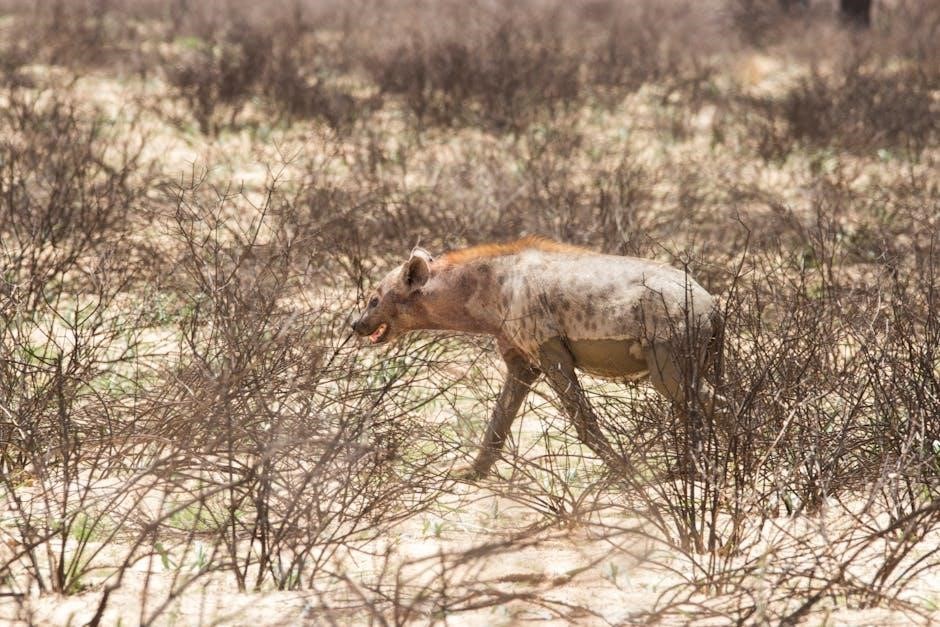
Tips for Choosing the Right Items and Challenges
Choose items based on age and environment, ensuring they’re accessible yet engaging. Incorporate sensory elements like textures, colors, or sounds to enhance exploration. Themes like seasonal or animal-focused hunts add variety. For younger kids, use visual cards; for older ones, include riddles or clues. Balance fun with learning by mixing common and unique finds. Provide clear instructions and consider time limits. Use resources like checklists or apps for identification. Ensure safety by avoiding harmful items and emphasize environmental respect. Test the hunt beforehand to ensure it’s enjoyable and educational for all participants.
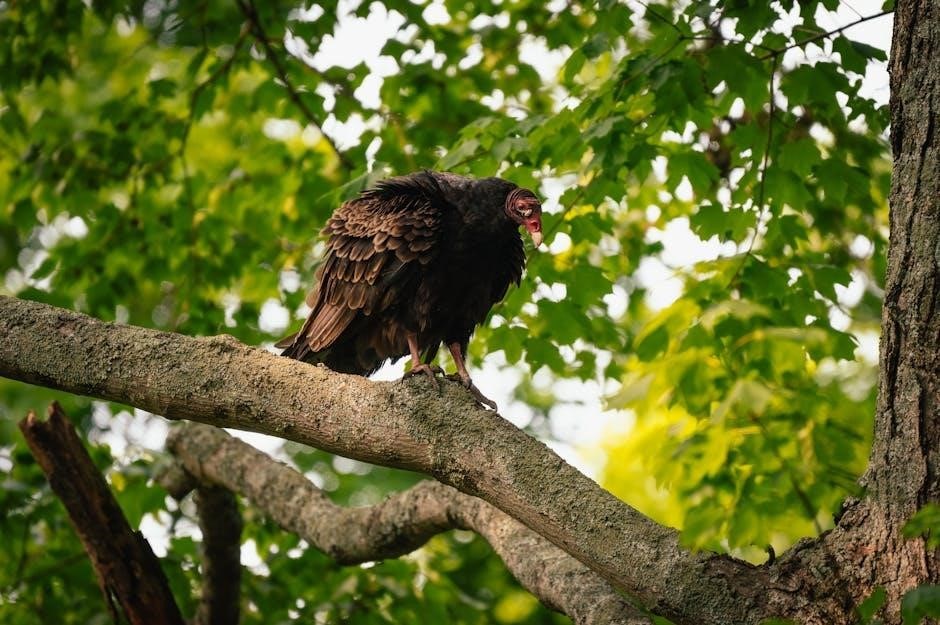
Seasonal and Themed Nature Scavenger Hunts
Explore seasonal themes like spring wildflowers, summer insects, fall leaves, or winter snowflakes. Create themed hunts, such as color, sensory, or animal-focused adventures, to add variety and excitement to outdoor explorations.
Spring, Summer, Fall, and Winter Hunts
Seasonal scavenger hunts offer unique opportunities to explore nature throughout the year. In spring, search for blooming flowers, buzzing insects, and new greenery. Summer hunts might focus on colorful leaves, ripe berries, and vibrant butterflies. Fall brings the excitement of finding acorns, pinecones, and foliage in shades of orange and red. Winter adventures involve spotting snowflakes, animal tracks, and bare tree branches. Each season provides distinct elements to discover, making scavenger hunts a year-round educational and fun activity for families and nature enthusiasts.

Special Themes like Color, Sensory, or Animal Hunts
Themed scavenger hunts add creativity and focus to outdoor adventures. Color hunts involve spotting items like red leaves or blue flowers, while sensory hunts encourage participants to engage with textures, sounds, and smells. Animal-themed hunts might focus on finding bird nests, insect habitats, or specific species. These specialized hunts cater to different interests and ages, making them inclusive and engaging for families and nature enthusiasts. They also promote observation skills and a deeper appreciation for nature’s diversity.

Educational Aspects of Nature Scavenger Hunts
Nature scavenger hunts foster learning about flora, fauna, and ecosystems, encouraging STEM skills like observation and classification. They also promote environmental awareness and appreciation for nature’s diversity.
Learning About Flora, Fauna, and Ecosystems
Nature scavenger hunts offer a hands-on way to learn about local flora and fauna, helping participants identify plants, animals, and their habitats. By exploring ecosystems, kids and families gain insights into how species interact and depend on one another. These hunts often include challenges to spot specific leaves, flowers, birds, or insects, fostering observation skills and a deeper appreciation for biodiversity. Additionally, they teach about seasonal changes and the importance of conservation, making them a valuable educational tool for understanding nature.
Using Apps and Tools for Nature Identification
Nature scavenger hunts can be enhanced with apps like iNaturalist or PictureThis, which help identify plants, animals, and insects. These tools provide real-time information, aiding participants in understanding species and habitats. Apps often include image recognition, audio clips, and educational content, making learning interactive. Additionally, digital checklists and mapping features allow users to track progress and share discoveries. Incorporating technology transforms scavenger hunts into immersive learning experiences, fostering a deeper connection with nature while developing STEM skills and curiosity about the environment.

Outdoor Exploration and Safety Tips
Ensure safety during nature scavenger hunts by dressing appropriately, staying hydrated, and carrying essentials like maps and first aid kits. Always supervise children and be mindful of surroundings to avoid hazards, ensuring a fun and secure outdoor experience for all participants.
Best Locations for Nature Scavenger Hunts
Parks, forests, wildlife sanctuaries, and school grounds are ideal for nature scavenger hunts. Choose locations with diverse flora and fauna to maximize engagement. Seasonal elements, like spring wildflowers or autumn leaves, add variety. Consider trails, meadows, or wetlands for unique habitats. Urban green spaces and backyards can also work, offering accessible options for families. Ensure the area is safe and suitable for all participants, especially children, to enjoy an immersive outdoor experience.
Essential Safety Guidelines for Outdoor Adventures
Ensure participants wear appropriate clothing and footwear for terrain. Bring water, snacks, and sun protection. Carry a first-aid kit and inform someone of your route. Teach children to stay in groups and avoid wild animals or plants. Set boundaries to prevent wandering and ensure adult supervision. Check weather forecasts and plan accordingly. Respect nature by not disturbing wildlife or littering. Stay on designated paths to preserve habitats and ensure a safe, enjoyable experience for everyone involved in the scavenger hunt.

Examples and Templates for Nature Scavenger Hunts
Download free printables like checklists, bingo cards, and themed templates for seasonal or sensory hunts. Use ready-made PDFs for quick setup and ensure fun, organized adventures.
Printable Checklists and Bingo Cards
Printable checklists and bingo cards are popular tools for nature scavenger hunts, offering a structured and fun way to explore. Seasonal themes, such as spring flower identification or winter bird spotting, add variety. Sensory-based bingo cards focus on colors, textures, and sounds, engaging kids deeply. Many templates include visuals for younger children, while others feature riddles or clues for older participants. These resources are easy to customize and laminate for repeated use, making them ideal for families, classrooms, or outdoor groups. They ensure everyone stays focused and excited about discovering nature.
Ready-Made PDFs for Quick Use
Ready-made PDFs simplify planning nature scavenger hunts, offering instant access to pre-designed checklists, bingo cards, and themed activities. These downloadable templates cater to various ages and skill levels, from visual cards for toddlers to clue-based challenges for tweens. Seasonal and sensory-themed PDFs, such as autumn leaf hunts or color scavenger bingo, provide diverse options. Many include interactive elements like spotter sheets and nature identification guides. Perfect for quick setup, they save time while ensuring engaging and educational outdoor experiences for families, schools, or community groups. They’re ideal for spontaneous adventures or structured learning activities.
Organizing a nature scavenger hunt is a simple yet meaningful way to connect with the outdoors and create lasting memories. These activities foster curiosity, encouraging learning about nature, making them entertaining and enriching for all participants.
Final Thoughts on Organizing a Successful Nature Scavenger Hunt
Succeeding in organizing a nature scavenger hunt requires creativity, preparation, and a focus on engagement. Tailor the hunt to participants’ ages and abilities, ensuring items and challenges are achievable yet exciting. Selecting diverse themes like color, sensory, or seasonal hunts keeps the activity fresh and inclusive for everyone. Using printable checklists or apps adds structure and fun. Emphasizing safety and respect for nature ensures a positive experience. With these elements, your scavenger hunt will inspire learning, teamwork, and lasting memories in the great outdoors.